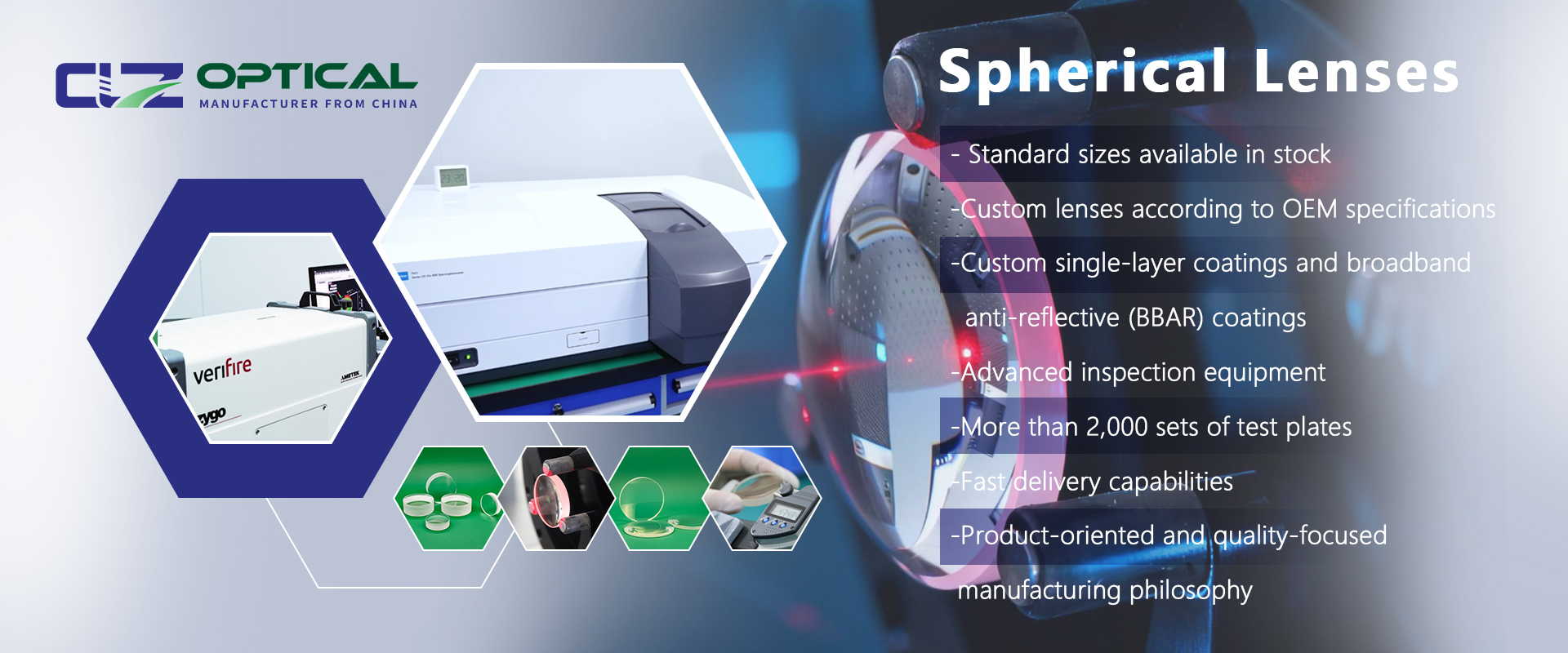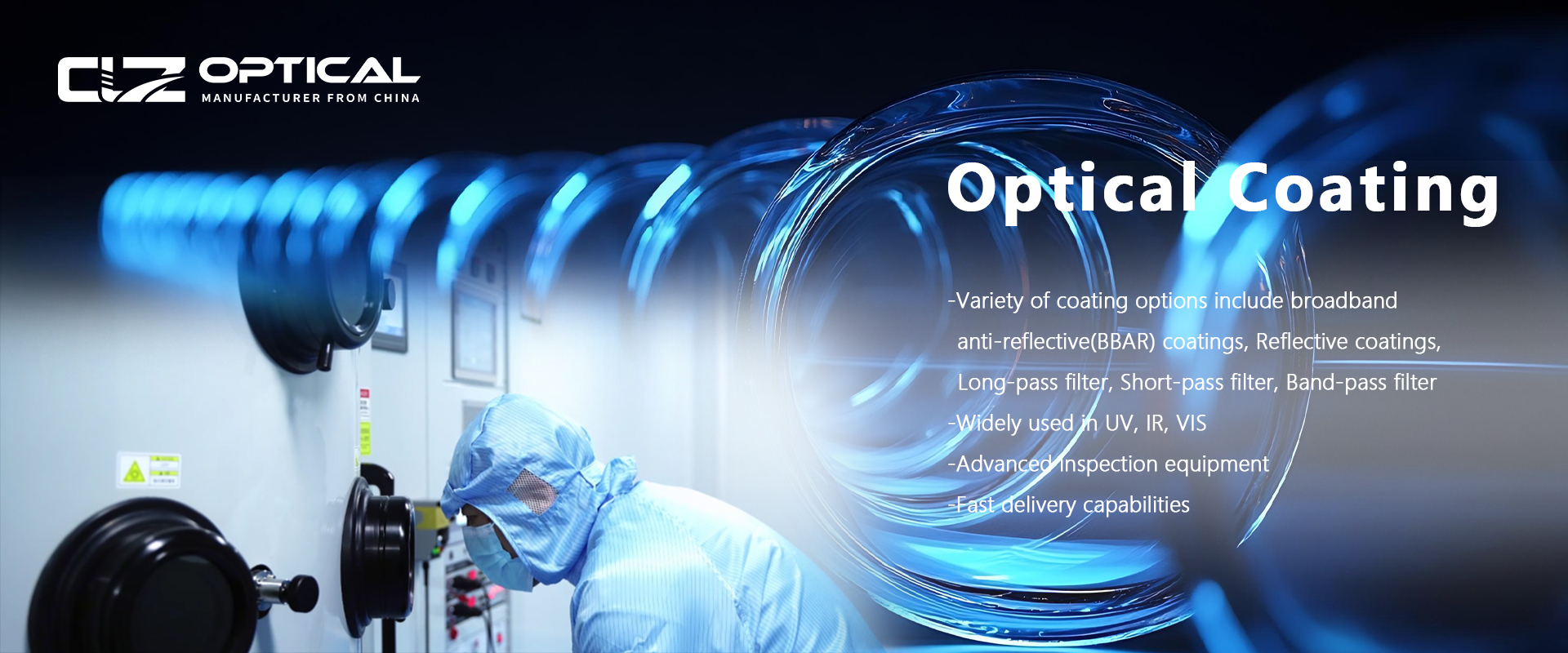Typical applications of fused silica lenses in optics
Aug. 18, 2025
Fused silica lenses excel in critical industrial and medical applications due to their excellent optical properties, particularly outstanding ultraviolet transmission capability, near-zero coefficient of thermal expansion, and exceptional chemical and thermal stability.
1. Industrial Laser Processing
Fused silica lenses are indispensable core optical components in industrial laser processing equipment (such as laser cutting, laser drilling, and laser welding systems). Their key advantages are an extremely high laser damage threshold and excellent thermal stability (near-zero thermal expansion). Under high-power, prolonged laser irradiation, they effectively resist thermal lens effects, ensuring highly stable laser focus position. This guarantees high-precision, highly consistent processing of metallic materials (such as steel, aluminum alloys, and cemented carbides). In ultraviolet laser precision micro-machining, their high transmittance for specific ultraviolet bands makes fused silica ultraviolet lenses an important choice.
2. Precision Imaging and Medical Applications
2.1 Precision Imaging Systems
Fused silica lenses play a vital role in precision imaging equipment due to their high transmittance and stability. Medical endoscopes leverage their high transmittance to achieve high-quality in vivo imaging within miniature probes. Simultaneously, in Optical Coherence Tomography (OCT) devices used for clinical examinations in ophthalmology, dermatology, etc., fused silica lenses help enhance imaging penetration depth and resolution, thereby obtaining clearer images of internal biological tissue structures.
2.2 Medical Sterilization Assurance
The resistance of fused silica to high-temperature steam is crucial for medical devices. This enables endoscopes incorporating lens assemblies made from this material to withstand rigorous high-temperature, high-pressure sterilization procedures, ensuring medical safety and supporting the safe reuse of instruments.
3. Industrial High-Temperature Monitoring
3.1 Observation Windows for High-Temperature Processes
The outstanding high-temperature resistance and chemical inertness of fused silica make it an ideal material for optical windows in high-temperature industrial processes (such as glass melting furnaces and metal smelting). It can maintain stable optical surface figures under continuous exposure to radiation and corrosive environments at temperatures exceeding a thousand degrees Celsius. This provides operators with clear, true real-time visual monitoring of internal processes, making it a critical component for high-temperature process control and safety assurance.
3.2 Protective Lenses for High-Temperature Sensors
In high-temperature environment monitoring (e.g., using infrared thermometers, thermal imagers), fused silica lenses are vital as protective windows at the front end of sensors. They effectively isolate intense thermal radiation and corrosive gases/melts, protecting internal precision sensor optical components from damage. This ensures measurement accuracy and the long-term reliable operation of monitoring equipment in harsh high-temperature environments.
4. Summary
The core value of fused silica lenses lies in their unique optical and physical properties. This establishes them as essential core components for industrial laser precision processing (cutting, drilling, welding), reliable choices for industrial high-temperature monitoring (observation windows, sensor protection), and indispensable key elements in medical precision imaging (endoscopes, OCT) and sterilization. These properties collectively underpin their widespread use in demanding optical applications.




















